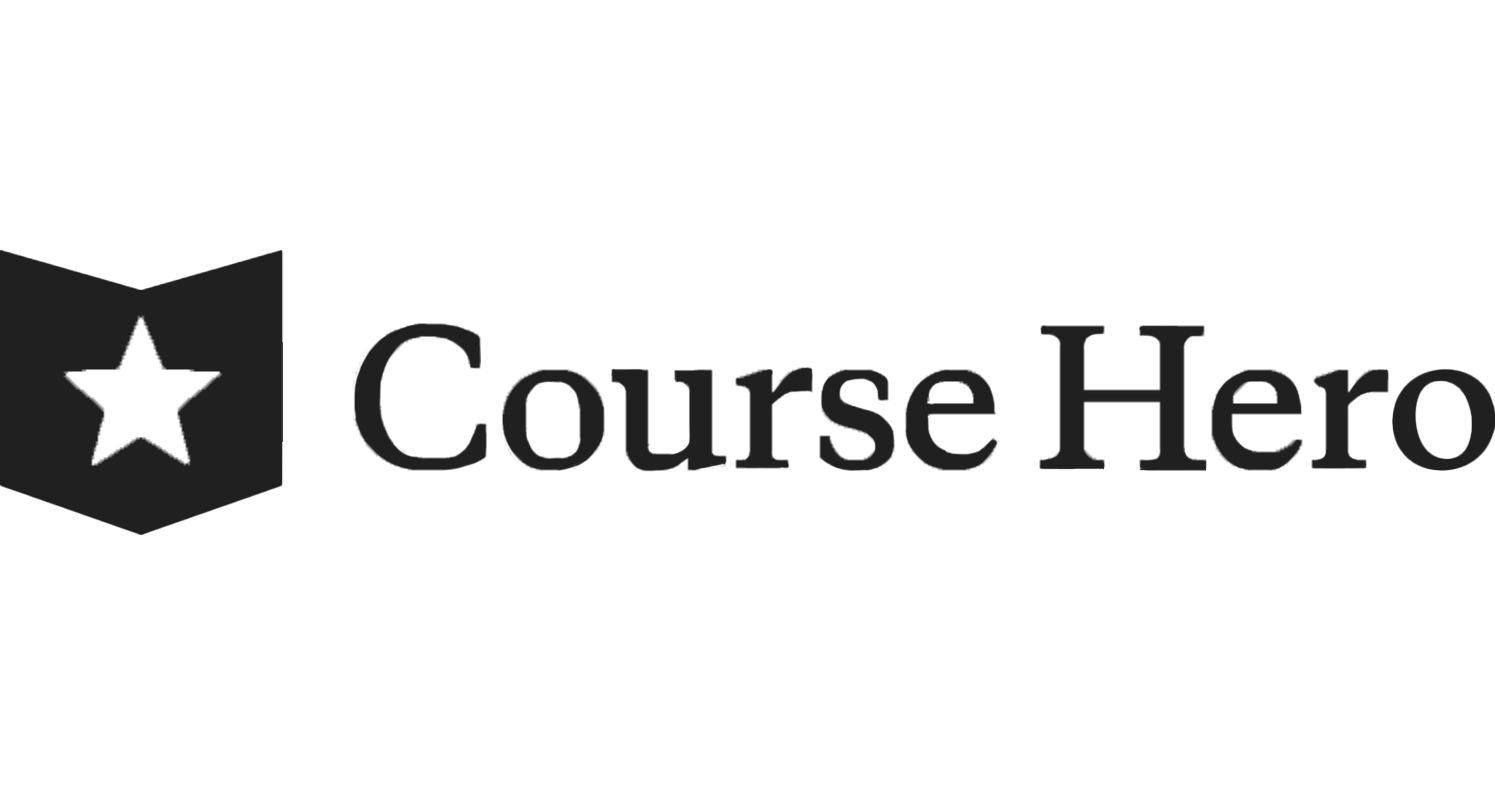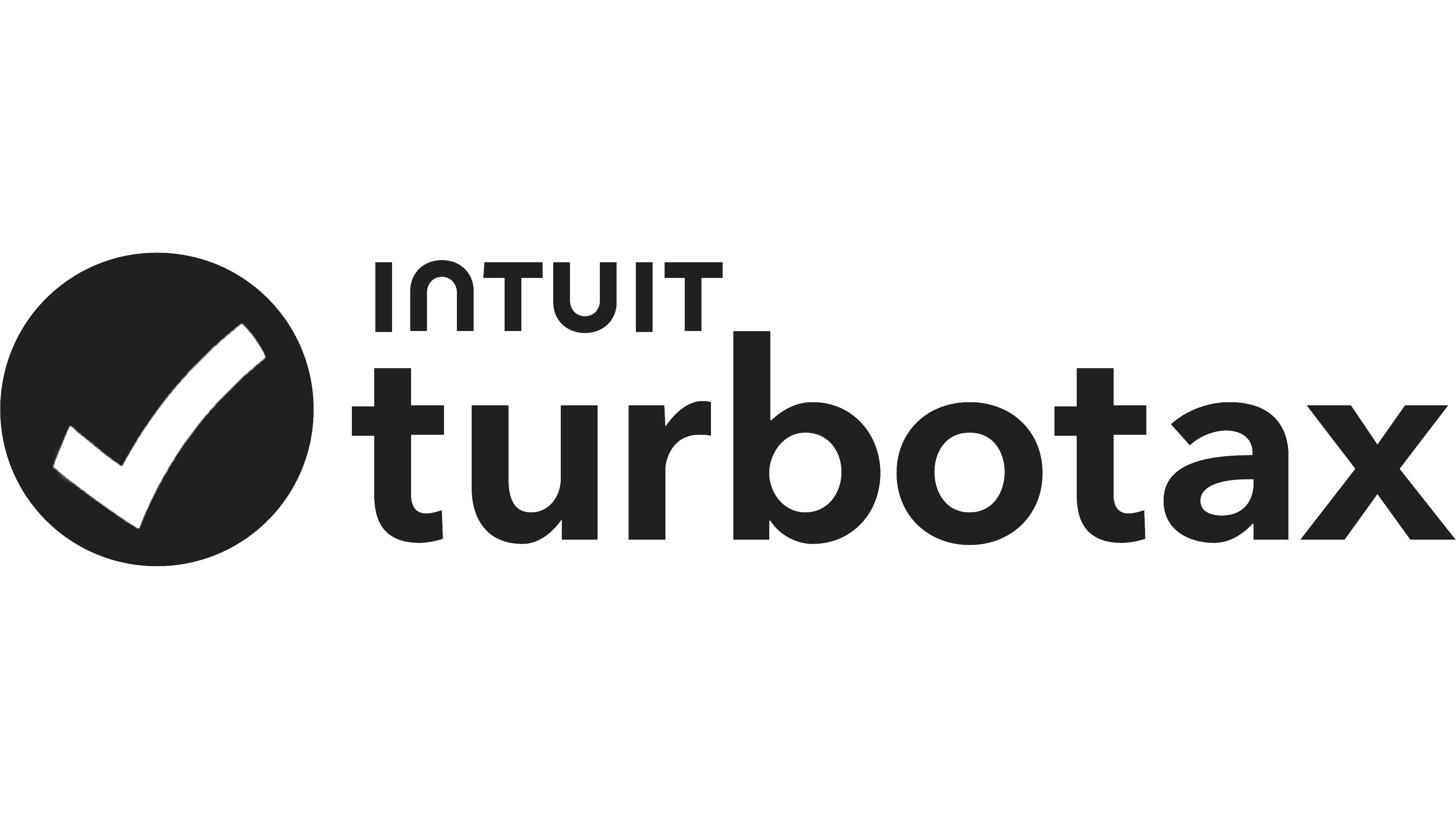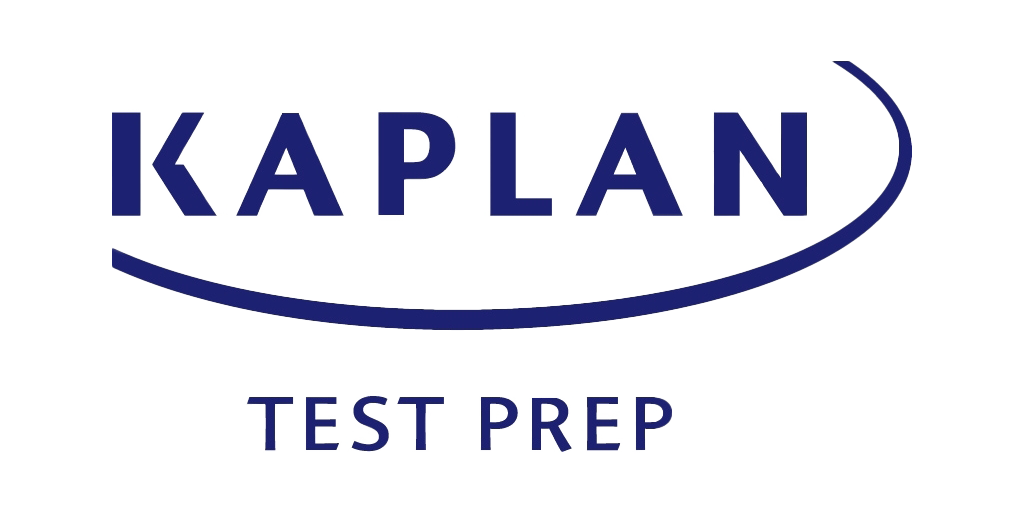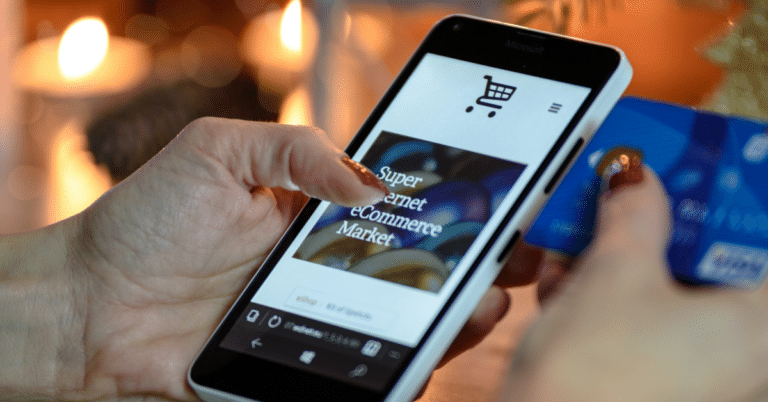Why Market to College Students?
Marketing to college students can feel like herding cats. They’re all over the place, both online and in real life. But, they’re worth the effort. Let’s break down why:
Significant Spending Power
College students control around $593 billion in annual spending power. They may complain about ramen budgets, but they still spend on things they care about. Brands that fit into their lives can see serious returns.
Brand Loyalty During Formative Years
This crowd isn’t just about impulse buys (although they have their place). College students are building lifelong habits and brand loyalties, which means if they’re into your brand now, there’s a good chance they’ll stick with you long after graduation.
Influence on Wider Social Networks
These students are influencers in their own right. They share with friends, post on social media, and influence family spending decisions. A single college student can create a ripple effect, bringing your brand onto the radar of dozens of others.
7 Ways to Market to College Students
1. Profile Your Student Targets
Understanding who you’re targeting within the college crowd. Are you after the freshmen figuring out campus life away from home for the first time, or maybe the seniors ready to jump into their careers? Each group has different needs and pain points. Break down your audience by motivation, age, major, lifestyle, and even extracurriculars. The more specific you are, the better you can tailor your strategy.
If you’re looking for inspiration to nail down your target, here’s an example target persona 97th Floor recently created for a client targeting college students.
If you’re looking for inspiration to nail down your target, here’s an example target persona 97th Floor recently created for a client targeting college students.
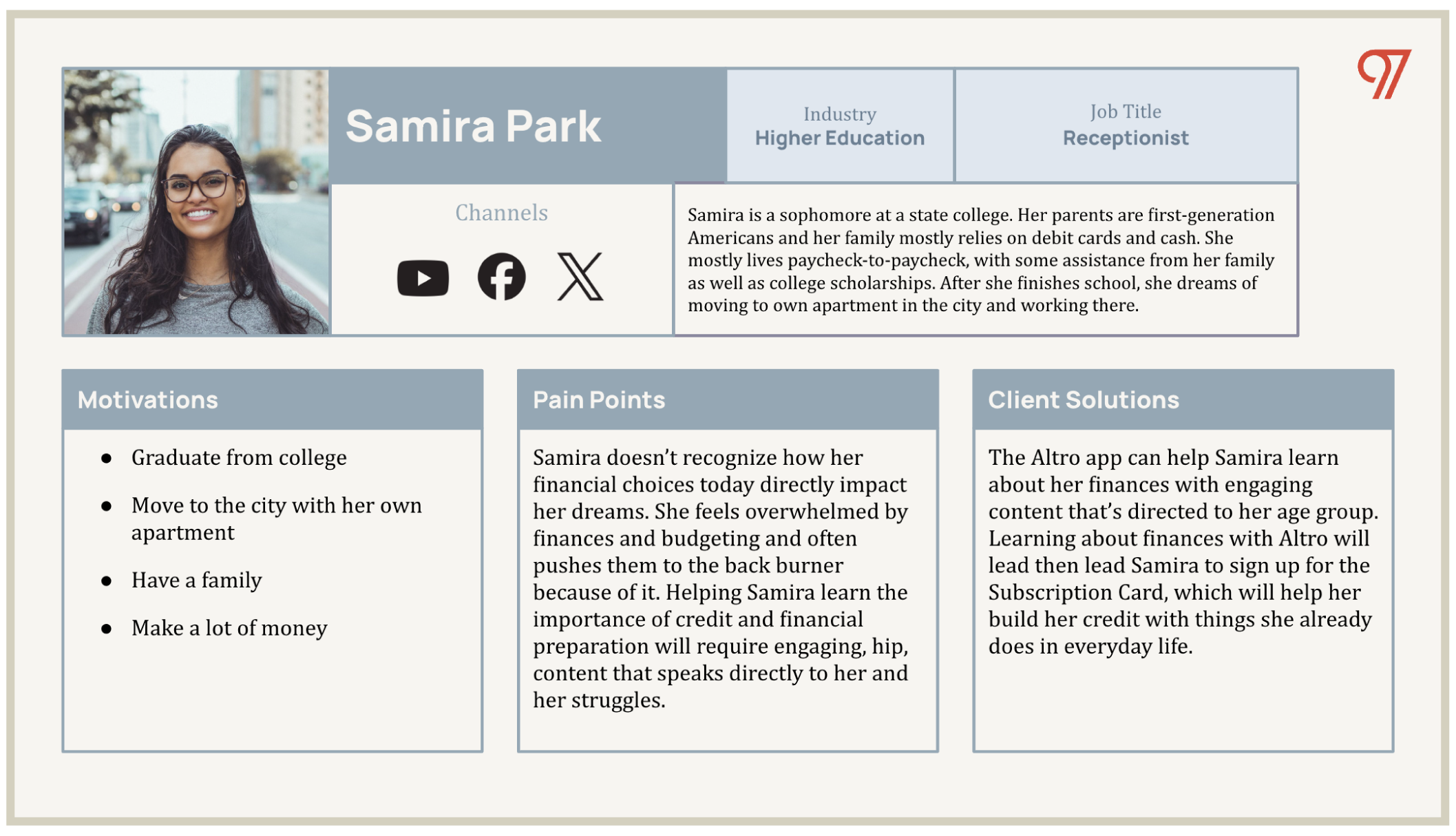
2. Leverage Social Media Platforms
Social media is a college student’s bread and butter. This is where they hang out, connect, and discover new brands. Think about the success of Wendy’s snappy Twitter roasts or Chipotle’s TikTok challenges. Consider creating platform-specific content like Instagram stories with student takeovers or quick TikTok videos showcasing campus life hacks. Your goal is to deliver content that’s fun, relatable, and easy to share.
And, don’t forget the influencers. According to a recent study from Rakuten, 87% of college-aged students agree that social media influences the purchases they make when preparing for the school year. Micro-influencers, in particular, feel like trusted peers, making their recommendations relatable and real. A quick GRWM (get ready with me) featuring your product or a shoutout can get followers to try it themselves. Partner with these influencers for authentic, low-key brand exposure that resonates.
And, don’t forget the influencers. According to a recent study from Rakuten, 87% of college-aged students agree that social media influences the purchases they make when preparing for the school year. Micro-influencers, in particular, feel like trusted peers, making their recommendations relatable and real. A quick GRWM (get ready with me) featuring your product or a shoutout can get followers to try it themselves. Partner with these influencers for authentic, low-key brand exposure that resonates.
3. Offer Free Trials and Discounts
College students are budget-conscious but love a good deal. That’s why discounts, free trials, and student-only offers can be game-changers. Spotify nails this with its discounted student subscription that bundles Hulu and Showtime— a trifecta of streaming value. If you’re a software brand, consider offering an extended free trial for students. Or, if you’re in retail, create exclusive online promo codes for students, like 15% off with a valid .edu email. The goal is to make it easy for them to say “yes” without feeling the pinch of lost cash.
4. Use Catchy Copy
College students don’t have time for boring ads. To get noticed, your copy should be bold, quick, memorable, and *very* relatable. Think about Old Spice’s “Smell Like a Man” campaign or Netflix’s “If you binge-watch, we won’t judge.” These hit home because they’re speaking the students' language, funny enough to mitigate the “we hate ads” mindset, and relevant to their daily lives. Always perform A/B tests with different messaging to find what clicks with your specific audience, whether it’s a play on meme culture, a bit of humor, or a touch of irony. The key is to be relatable and memorable without trying too hard.
5. Engage with Student Ambassadors
While they aren’t for every brand, student ambassadors can act as inside agents on college campuses. They can provide authentic, peer-to-peer promotion that other students trust. Red Bull has perfected this by deploying student brand managers who hand out free cans and throw exciting campus events. College students are more likely to trust a product if it’s recommended by a peer, making ambassadors a powerful way to spread the word about your brand in a way that feels genuine and less “ads-y”.
6. Hold Contests and Giveaways
Students love free stuff, especially if there’s a competitive edge to it. Contests and giveaways can help you engage with students, generate buzz, and grow your social following. For example, you could run a “best dorm room” contest on Instagram where students submit photos, or a TikTok challenge where they showcase their creativity with your product. These types of activities get students excited and talking about your brand, all while giving them a reason to interact with you online.
7. Influence the Parents of College Students
Yep, even college students still listen to their parents—especially when it comes to big purchases. Whether it’s about laptops, travel plans, or financial products, parents often have the final say or at least a big influence. So why not target them too? A well-placed ad on Facebook or a targeted email campaign can remind parents why your product is a smart buy for their kids. If you can get both students and parents on board, you’re more likely to close the deal.
Content for College Students
To sell to college students, you need to serve up engaging content at every point of the funnel. In the awareness stage, grab their attention with eye-catching videos or social media polls. For instance, an Instagram story poll asking them to pick between two product designs or an influencer’s product sponsorship can generate immediate interest.
As they move into the consideration stage, deepen their engagement with content that educates and entertains. Create quick, digestible blog posts that break down complex topics or offer “campus survival” guides. For example, a listicle titled “10 Must-Have Essentials for Freshmen” could link to products on your site, making it easy for students to click and explore.
Finally, at the decision stage, keep them engaged with interactive experiences like quizzes that recommend products based on their answers. Email content that includes sneak peeks, exclusive student discounts, or user-generated reviews from other students helps them feel confident about hitting “buy.” Each piece of content should keep them interested and slowly guide them toward the next step of the funnel. Keep it natural and fun.
As they move into the consideration stage, deepen their engagement with content that educates and entertains. Create quick, digestible blog posts that break down complex topics or offer “campus survival” guides. For example, a listicle titled “10 Must-Have Essentials for Freshmen” could link to products on your site, making it easy for students to click and explore.
Finally, at the decision stage, keep them engaged with interactive experiences like quizzes that recommend products based on their answers. Email content that includes sneak peeks, exclusive student discounts, or user-generated reviews from other students helps them feel confident about hitting “buy.” Each piece of content should keep them interested and slowly guide them toward the next step of the funnel. Keep it natural and fun.
Make It Personal
College students will run at the sight of any blanket marketing—they want to interact with brands in a more personal, “chill” way. But, this isn’t always as easy as it sounds. Use data to tailor your approach, whether it’s recommending products based on past behavior, creating email content that speaks to their interests, or offering personalized lists, like Spotify’s “Discover Weekly.” You could even create custom landing pages for different schools, highlighting products popular with students at that campus. When students feel seen, they feel invested.
Incorporate Gamification
Gamification taps into college students' love for challenges, rewards, and a bit of friendly competition. Think loyalty points that add up to discounts, an app that rewards them for regular use, or even an interactive quiz that earns them a small prize or discount code. You could also take a page out of Starbucks’ playbook with a rewards app that lets them earn perks over time. Make it fun and easy to participate, and students will keep coming back for more. Plus, they’ll probably tell their friends, which helps spread the word without feeling like traditional marketing.
Good Luck!
Now, you’ve got the insights and tips to make your mark—good luck! We hope you’ve enjoyed this guide for marketing to college students.



